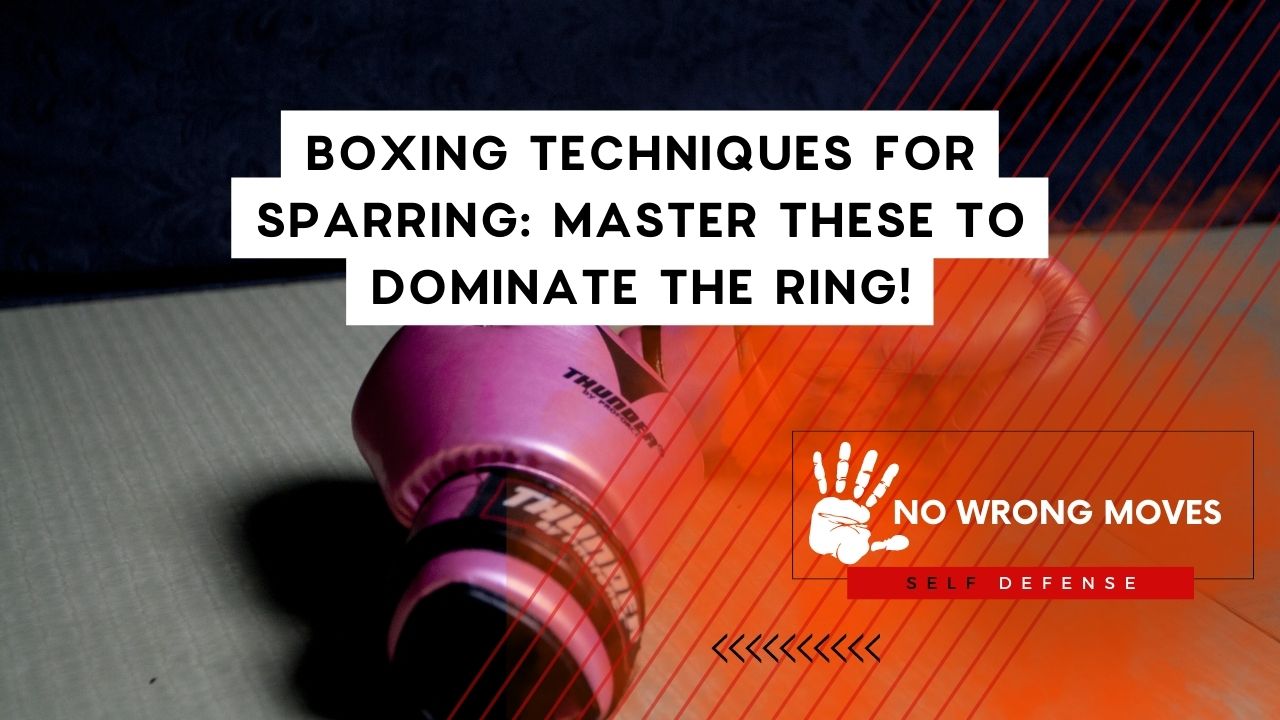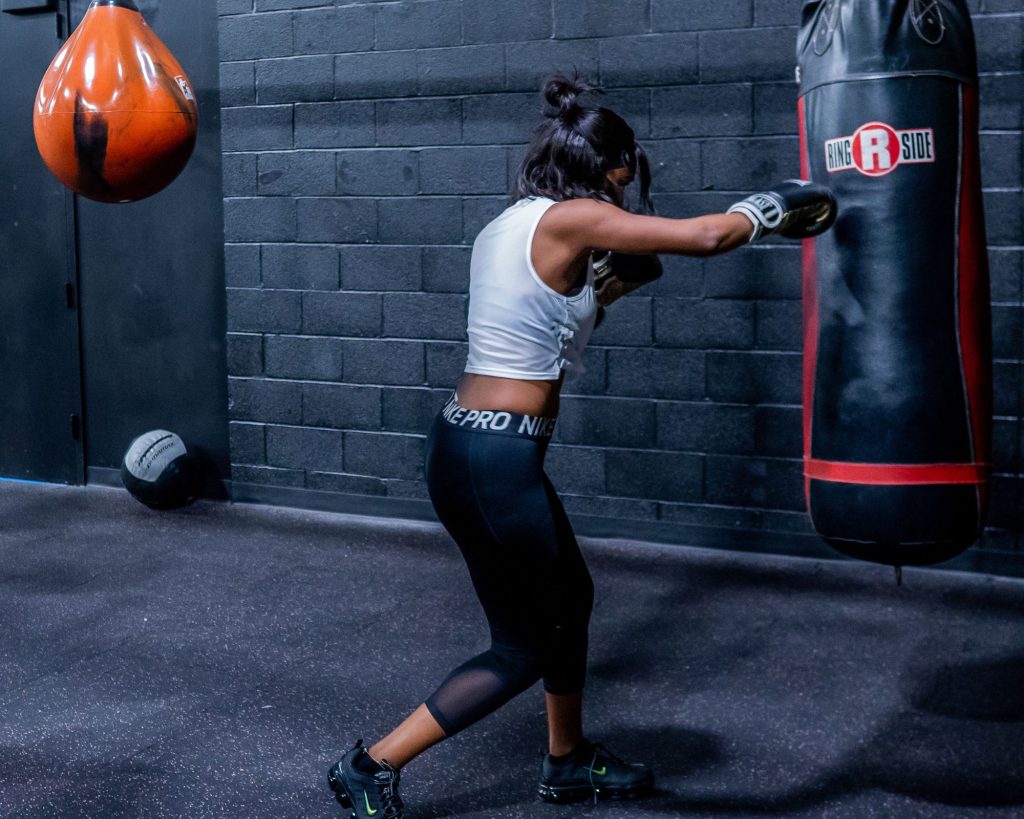
Boxing is an art that requires the mastery of various techniques to be successful in the sport. From developing your jab and footwork to building power with proper punching technique, there are several areas to focus on to become a dominant boxer in the ring.
In this article, we will explore the top boxing techniques for sparring that you need to master to succeed in the sport.
Develop Your Jab and Footwork

Your jab and footwork are two crucial components of boxing that must be mastered to dominate the ring. The jab is a quick, but not always necessarily powerful, punch that is used to set up your opponent for more significant punches.
Footwork, on the other hand, is the foundation of your movement in the ring. It enables you to move and position yourself quickly and effectively to avoid punches and strike back.
Footwork is especially important when you consider that boxing is not just about throwing punches--it's also about defending yourself. You've likely already heard the popular adage, how the best offense is sometimes a good defense, and this absolutely applies to boxing as well.
Defensive techniques tied to excellent footwork, such as slipping, bobbing, weaving, and blocking can help you avoid your opponent's punches while allowing you to counterattack.
These techniques require practice and mastery to be effective, of course, but when executed correctly, they can give you a significant advantage in the ring.
Build Power with Proper Punching Technique

Power is essential in boxing, and it comes from proper punching technique. To generate power, you need to use your whole body in the punch, not just your arms.
It would help if you also focused on techniques such as snapping your punches, turning your hips, and following through with your punches to generate maximum power.
Apart from just power though, there is also control. Controlling the ring means dictating the pace and positioning of the fight.
Effective movement is the key to controlling the ring. You need to be able to move quickly and efficiently, feint and create angles to keep your opponent guessing and off-balance.
Timing and precision are two more critical skills that every boxer must master. Timing allows you to land punches at the right moment, and precision enables you to land those punches accurately.
These skills require patience, practice, and experience to develop, but they are absolutely essential to your success in boxing.
Top Tips For Sparring
Preparing for a boxing sparring session or fight is no joke. It takes proper planning and execution to come out on top. Here are some tips to help you get the most out of your time in the ring.
First and foremost, don't overtrain the night before your big day. This applies to both sparring sessions and fights. You want to be at your best, so don't wear yourself out by pushing your body to the limit the night before.
Another key point to remember is to keep your head up. It may feel natural to keep your head down, but this is one of the most common mistakes beginner boxers make. You need to keep your head up so you can see what's going on and spot incoming punches.
Before you get into the ring, be mindful of what you eat. Avoid consuming a heavy meal that could leave you feeling sluggish during your sparring session or fight.
Not only that, but getting hit in the stomach with a full meal could cause some serious discomfort. Keep your pre-fight meals light and give your body enough time to digest before stepping into the ring.
When it comes to finding a sparring partner, don't bite off more than you can chew. Make sure you and your opponent are an even match in terms of weight and experience level.
Committing to 3 to 4 two-minute rounds may not sound like a lot, but sparring is intense, and you'll feel every second of it.
Make sure both you and your opponent are wearing 16-ounce gloves or bigger. These gloves are safer than smaller ones because they provide more cushioning against incoming blows and act as larger shields to block punches to the head.
And don't be afraid to check your opponent's gloves, just to make sure they're not trying to sneak in smaller ones for an unfair advantage.
And lastly, keep your hands up! This may sound like a cliché, but it's rooted in truth. When you throw punches, bring your hands back to your face to guard and not down by your waist.
By keeping your guard in place, you can effectively block punches coming towards your head. Dropping your hands down to your waist puts you at a disadvantage and exposes you to more danger.
On The Way To Boxing Mastery

You've hopefully learned by now that boxing is not just about offense, but also defense. You've hopefully also learned that defense is not just about blocking punches, but also about using a combination of techniques to avoid getting hit while allowing you to counterattack.
It involves slipping, weaving, bobbing and blocking punches, and strategically positioning yourself to avoid punches.
Mastering boxing techniques like these, especially while you're sparring, can help you become a dominant boxer in the ring. Remember, practice and patience are essential in developing these skills, but with dedication and hard work, you can succeed in the sport of boxing.
[author-box-jpx-fitness]

